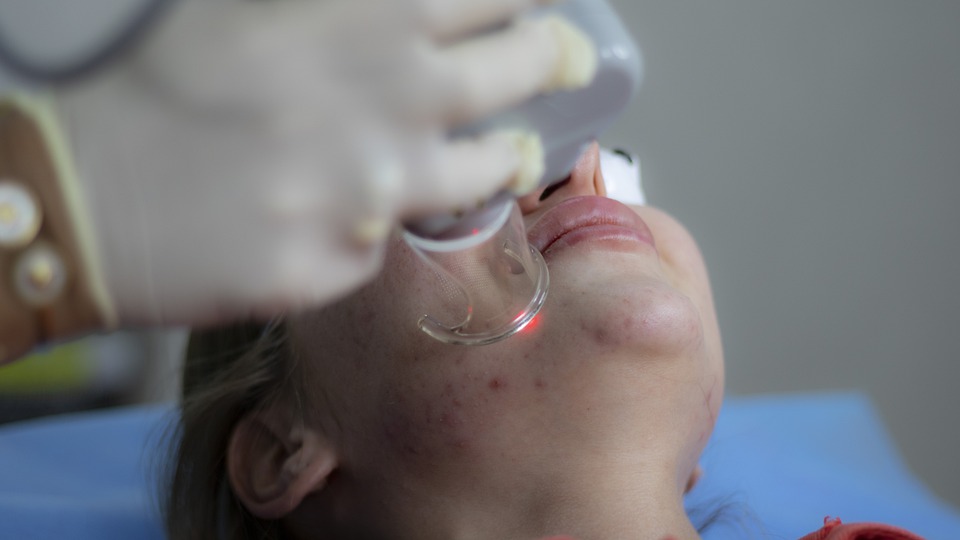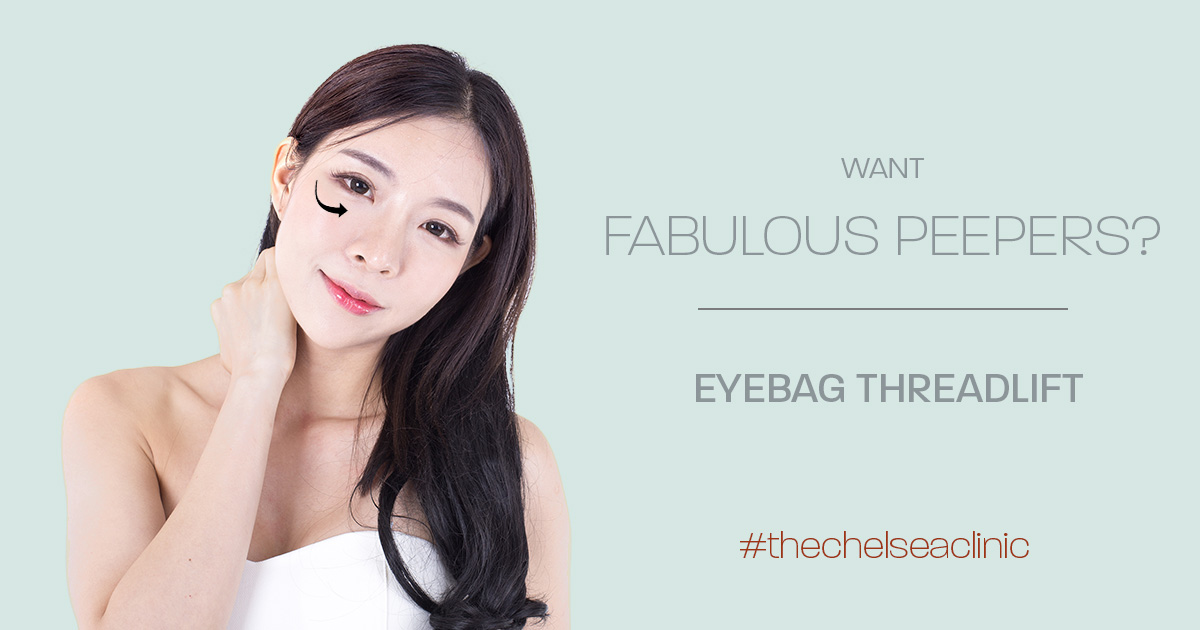Acne scar treatment, particularly acne laser treatment for scars aim to reduce the appearance of scars from previous acne outbreaks. Acne can be a debilitating skin condition, mostly experienced by young people in their twenties, and can severely affect outlook on life and self-esteem. According to numerous studies, the majority of acne sufferers have experienced scarring following their acne conditions.
Laser treatment for acne scars works by focusing a highly condensed light on the epidermis (top layers of the skin). Simultaneously, the growth of new, healthy skin cells to replace the scar tissue is fostered greatly by this procedure, leaving an improved appearance.
While this treatment may not fully eradicate the acne scars, it will help to diminish their appearance considerably.
Be warned, however, you may not be a good candidate for this treatment under the following circumstances; if you concurrently have active acne, are of a darker skin tone, or have severely wrinkled skin. It is advised that you consult an experienced to determine whether laser treatment for acne scars is an appropriate treatment method for you.
How much does it cost?
In Singapore, non-ablative laser therapy can cost from SGD$350 per session, while ablative laser therapy can cost up to SGD$2,000 per session.
The treatment price is determined by a variety of factors, including:
- Size of treatment area
- Number of treatments required
- Amount of scars
This procedure does not require any additional downtime that might prevent you from doing your daily activities.
Before deciding on an aesthetic clinic to start your laser journey, you should navigate your options and speak to a few clinics. Most clinics tend to charge a consultation fee to examine your skin and make treatment recommendations.
How does the procedure work?
There are two ways that acne scar treatment via laser therapy works.
The heat that radiates from the laser works to remove the top layer of your skin, which is essentially where the formations of scars originate. While the top layers of the skin peel away, it will result in an appearance that is much smoother with less scar visibility than when you started.
During the breakdown of this scar tissue, heat and light from the laser work together to encourage the growth of new, healthy skin cells from within. Blood circulation is also another benefit that may be experienced, as the blood vessels in the scar are also targeted to reduce the incidence of inflammation. These are all aspects that simultaneously cooperate to reduce the appearance of acne scars.
Potential Side Effects
When pursuing any sort of laser treatment for acne scars, there are some potential side effects to be aware of. These adverse effects may differ depending on the type of laser utilized, your skin type and the number of sessions required.
The following are examples of common side effects: swelling, redness and pain at the treatment location. Do be reminded that these side effects are usually temporary.
After an hour or two, the pain following your laser acne scar treatment usually dissipates. As for the redness, it could take 7-10 days to subside.
Hyperpigmentation and infection are two risks of using laser treatment to reduce the look of acne scarring. While these problems are uncommon and generally preventable, it’s crucial to discuss your risk factors with your doctor before proceeding with such therapy.
Available Laser Treatment Modalities for Acne
There are a variety of modalities available in the industry to suit each individual, so it is up to you to discern which mode is most suitable for you and your skin. Some most frequented lasers used for the treatment of acne scars go by the names of pulsed-dye lasers, Erbium YAG lasers and carbon dioxide (CO2)) lasers. Each one of these layers are designed to specifically target the sort of scarring had by the patient.
Fractionated Laser Treatment
Fractional lasers, also known as Fraxel, work to stimulate the tissue that lies beneath the scar, which removes the darkly pigmented cells just beneath the top layer of skin. There are certain scars in particular that this sort of laser is most suited for, particularly boxcar and ice-pick scarring as the names go.
Non-ablative Laser Treatment
Non-ablative laser treatments tend to employ the use of infrared lasers. From the heat produced by these lasers, collagen formation is thus stimulated and therefore also the formation of new cell growth to replace previously damaged scar tissue.
Ablative Laser Treatment
Ablative laser treatment, also known as ablative resurfacing makes use of either an Erbium YAG or canon dioxide (CO2) laser. This type of laser therapy aims to completely remove the top layer of skin that lies directly on the scarred area. Be warned, however, as the redness caused by ablative lasers can last anything from 3 to 10 days.




